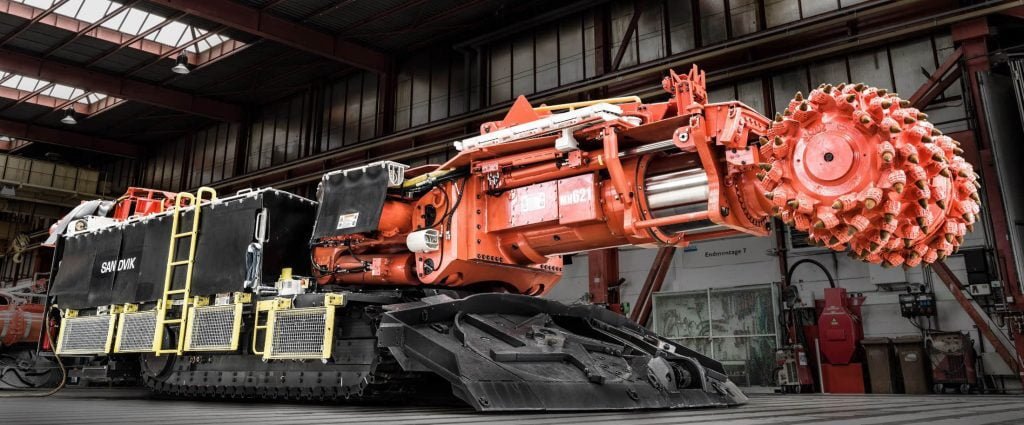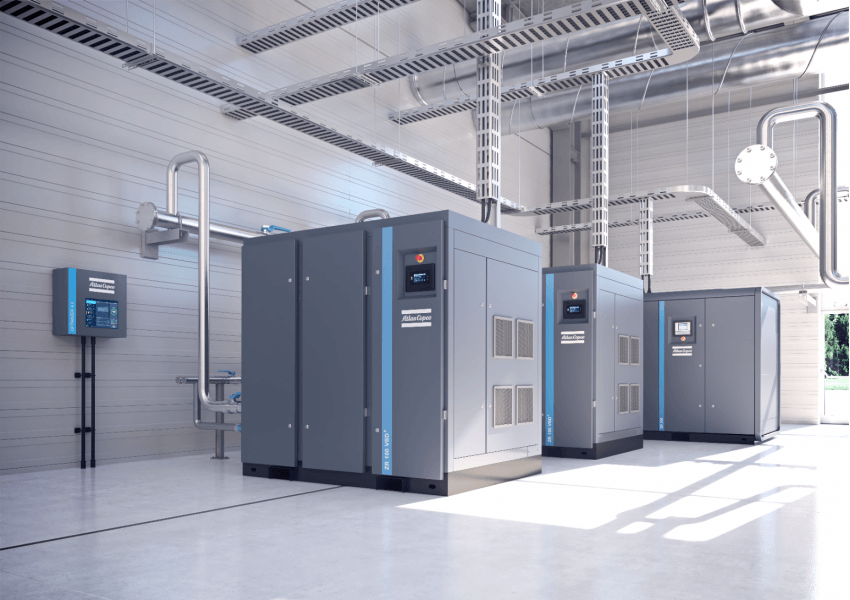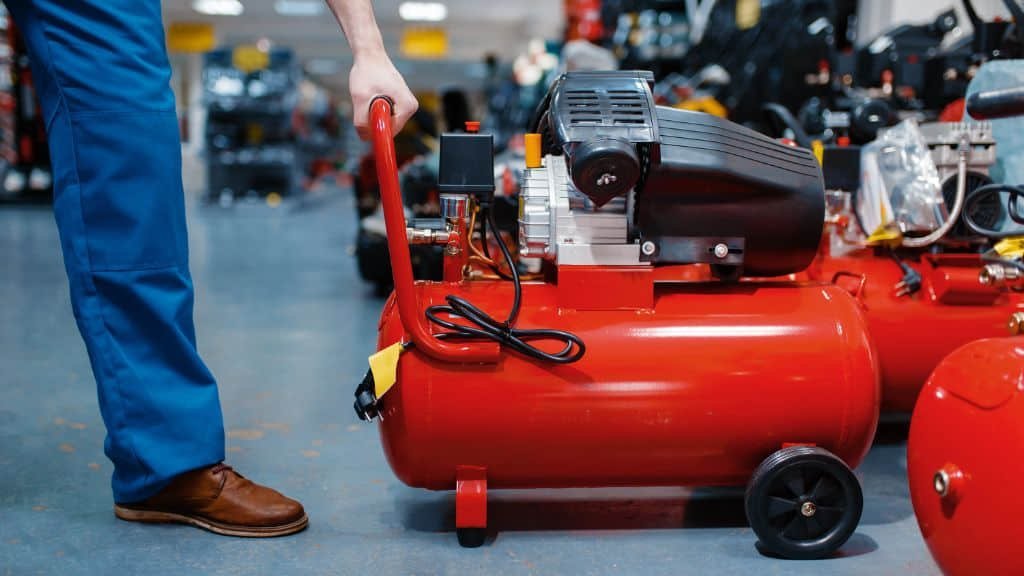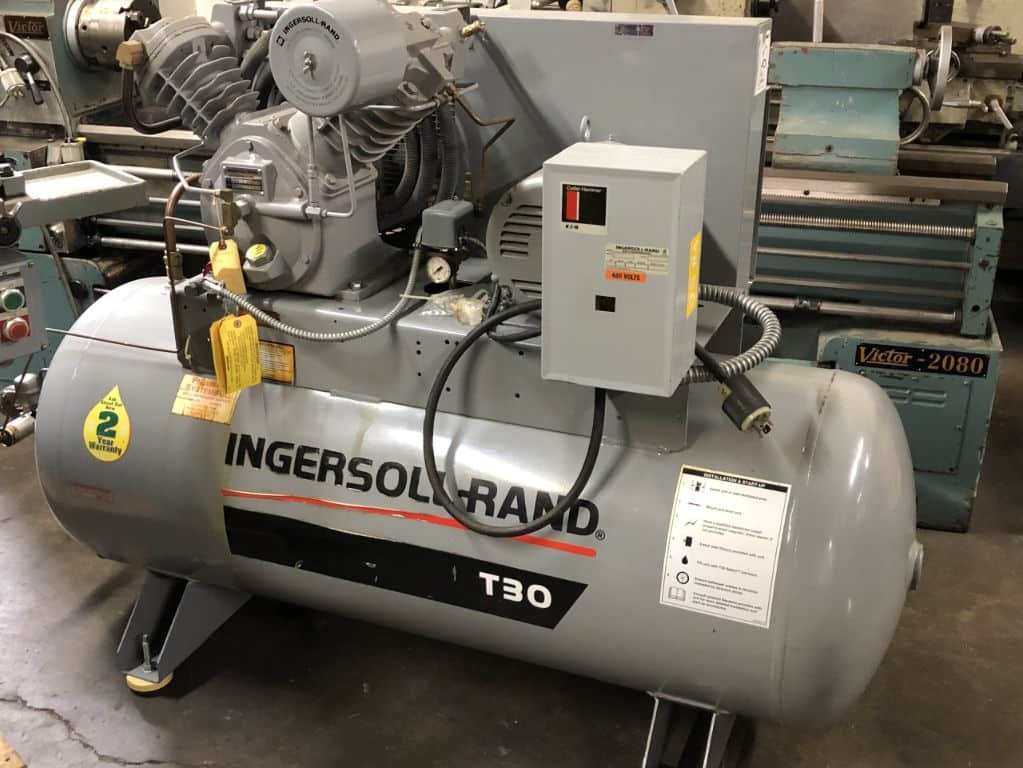Sandblasting is a popular method for surface preparation, cleaning, and finishing in various industries. To achieve the desired results, you need to have the right equipment, including an air compressor. In this guide, we will help you choose the right air compressor for sandblasting based on your needs and preferences.
Factors to Consider When Selecting an Air Compressor for Sandblasting
Before we dive into the specifics of air compressors for sandblasting, let’s review the main factors that you need to consider:
Portable vs. Stationary Air Compressor
The first decision that you need to make is whether you need a portable or stationary air compressor. A portable air compressor is easy to move around and transport to different job sites, but it may have lower horsepower, CFM, and PSI ratings. A stationary air compressor is more powerful and reliable, but it requires a dedicated space and installation.
Oil-Free vs. Lubricated Air Compressor
The second decision that you need to make is whether you need an oil-free or lubricated air compressor. An oil-free air compressor is low-maintenance and suitable for clean and dry applications, but it may have lower durability and performance. A lubricated air compressor requires regular oil changes and maintenance, but it can handle more demanding and continuous sandblasting operations.
Electric vs. Gas-Powered Air Compressor
The third decision that you need to make is whether you need an electric or gas-powered air compressor. An electric air compressor is quieter, cleaner, and more efficient, but it may have lower horsepower, CFM, and PSI ratings and require a nearby power source. A gas-powered air compressor is more powerful and versatile, but it emits fumes and noise and requires proper ventilation and fuel storage.
Specifics of Air Compressors for Sandblasting
Now that you have a general idea of the factors to consider, let’s explore the specifics of air compressors for sandblasting:
Horsepower
The horsepower (HP) rating of an air compressor indicates its motor power and determines the maximum pressure and volume of air that it can deliver. For sandblasting, you need a minimum of 5 HP motor to achieve adequate pressure and volume, but more HP is recommended for larger or continuous applications.
CFM
The cubic feet per minute (CFM) rating of an air compressor indicates the amount of air that it can deliver at a specific pressure, such as 90 PSI. For sandblasting, you need a minimum of 15 CFM at 90 PSI to achieve adequate blasting capacity, but more CFM is recommended for faster or deeper blasting.
PSI
The pounds per square inch (PSI) rating of an air compressor indicates the maximum pressure that it can deliver and maintain. For sandblasting, you need a minimum of 90 PSI to achieve adequate blasting power, but more PSI is recommended for harder or thicker surfaces.
Conclusion
Choosing the right air compressor for sandblasting requires careful consideration of various factors, such as horsepower, CFM, PSI, portability, lubrication, and power source. By using this guide as a reference and consulting with a professional sandblasting supplier, you can find the best air compressor for your sandblasting needs and achieve optimal results.




